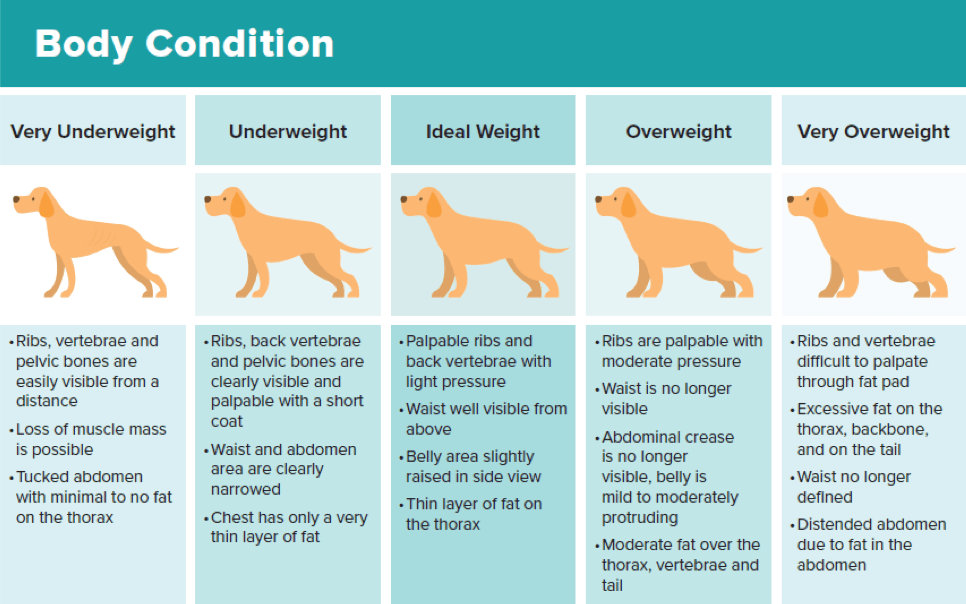Managing Your Pet's Weight to Help Alleviate Joint Discomfort
Posted by By My Happy Pets on Feb 28th 2022
Obesity is a complex issue with influences of both genetics and environmental factors. The Association for Pet Obesity Prevention estimates that 54% of the pets in the United States are overweight or obese. Why does this matter? Pets that are overweight or obese are at risk for several health issues, including joint problems. Obesity is ultimately caused by consuming more calories than needed. The excess calories are then stored as fat. Hormones and chemicals related to inflammation are released from this fat, causing excess stress on joints. Cartoon cats with a fancy for pasta are not aspirational for our pets. Just like people, a weight loss journey is never all that simple and easy. However, in the end will lead to a more enjoyable life for your companion.
How Do I Know If My Pet is Overweight?
One of the first steps to evaluating a pet that is overweight or obese is a thorough physical examination and laboratory tests. Your veterinarian will help you determine your pet’s Body Condition Score (BCS) which evaluates body fat by observation and palpation. There is a 5-point scoring system and a 9-point scoring system. For most pets a body condition score of 3 on a 5-point system and 5 on a 9-point system is a good goal.
Some physical signs of obesity on your pet maybe displayed as the following:
- Dogs: Ribs are difficult to feel and there is a thick layer of fat. When viewed from above the waist is not defined. From the side, the stomach hangs.
- Cats: Ribs are difficult to feel and there is a thick layer of fat. The lower spine cannot be clearly seen and the waist is not clearly defined.

Tips for Weight Management
Below are some ways to help make your pet’s weight management more beneficial and easier for the both of you:
- Weight loss foods high in protein will help encourage weight loss and a lean body while those high in fiber will keep your pet feeling full while consuming fewer calories.
- Be sure to calculate treats within your pet’s diet plan, save 10% for treats.
- Some good options are: low calorie treats and certain fruits and vegetables.
- Supplements may also be used to simultaneously reward your pet and promote healthier joints (Examples: Flexadin Advanced, Flexadin Plus, etc.)
- Incorporating an exercise plan is important to help your pet lose weight and help reduce joint discomfort. Walking is always a convenient and inexpensive way to exercise. Duration, frequency and intensity can all be adjusted based on the individual pet’s needs.
- Typically a pet needs to eat 20% to 30% fewer calories than it would need to maintain weight.
- Monitor weight loss. Weigh your pet every week or so and write down the number. If weight loss stops, reevaluate what you’re doing.
- Underwater treadmill walking has also been successful for many obese cats and dogs that have a difficult time walking on their own. (Check for availability in your area.)
- Don’t expect a rapid drop in weight, but slow and steady weight loss. Pets will gradually lose weight overtime with the slowest being in cats.
Feeding a weight loss food, using supplements to maintain healthy joints, and exercising several times a week are all key parts to a good weight management program. However, the most important step each pet owner needs to take is recognizing that there is a problem and to take action. We sometimes use excuses of “she’s just fluffy” or “he’s big boned” but honesty is needed to recognize positive changes that will better the quality of your pet’s life. It isn’t easy but helping your pet lose weight and maintaining an ideal weight will make them feel better in the long run.

